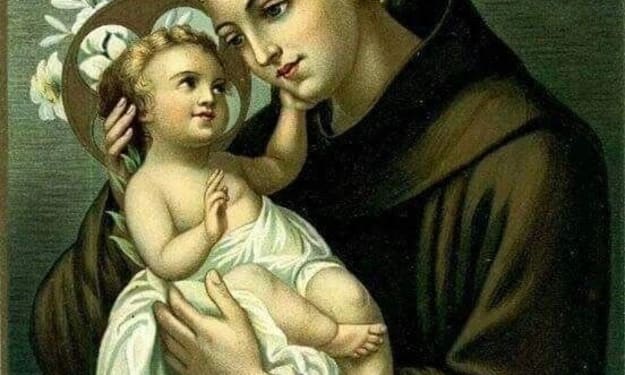The Serpent in the Wilderness: A Symbol of Healing and Faith
The Serpent in the Wilderness: A Symbol of Healing and Faith

The Serpent in the Wilderness: A Symbol of Healing and Faith
In the ancient desert of Sinai, where the vast expanse of sand stretches to meet the azure sky, a remarkable event unfolded—an event that would become a profound symbol of healing and faith for generations to come. It was the story of the serpent in the wilderness, a narrative that transcends time and serves as a powerful reminder of the transformative power of faith and redemption.
The tale begins with the journey of the Israelites, a people who had escaped the bondage of Egypt under the guidance of their leader, Moses. For years, they had wandered through the unforgiving wilderness, their faith tested by the harsh realities of their nomadic existence.
As the Israelites traversed the desert, they grew weary and despondent, their patience waning under the relentless sun. They spoke against God and Moses, expressing their discontent and doubt. In response, Yahweh sent a punishment that served as both a trial and a lesson.
From the depths of the desert, venomous serpents emerged, their bites delivering painful and lethal venom. The Israelites fell victim to these serpents, their bodies wracked with pain and suffering. It was a dire predicament that seemed to have no solution.
Amid the despair, the Israelites cried out to Moses, recognizing the gravity of their words and actions. They confessed their sins and pleaded for deliverance. Moses, the intermediary between the people and God, interceded on their behalf, imploring Yahweh for mercy and forgiveness.
In response to Moses's prayer, Yahweh instructed him to fashion a serpent of bronze and place it upon a pole. This bronze serpent was to be raised high in the midst of the camp. It would serve as a symbol of salvation and healing, a beacon of hope for the afflicted Israelites.
As the bronze serpent was lifted up, a miraculous transformation occurred. Those who had been bitten by the serpents gazed upon the bronze image, and their faith became an instrument of healing. The venom coursing through their veins was neutralized, and their bodies were restored to health. It was a testament to the power of faith and the divine promise of redemption.
The serpent in the wilderness, though cast from bronze, became a vessel of divine healing. It was a symbol of the people's acknowledgment of their wrongdoing and their unwavering faith in Yahweh's mercy. It served as a reminder that even in the darkest moments of despair, there is hope for redemption and transformation.
The narrative of the serpent in the wilderness has enduring significance in the realm of faith and spirituality. It is a symbol of healing that transcends religious boundaries and speaks to the universal human experience of suffering and redemption.
In the Christian tradition, the bronze serpent is seen as a foreshadowing of Christ's crucifixion on the cross. Just as the Israelites looked upon the bronze serpent for physical healing, Christians look to the cross for spiritual healing and salvation. The narrative underscores the idea that through faith and belief, one can find redemption and restoration.
Similarly, in the realm of medicine and healing, the image of the serpent coiled around a pole has become an enduring symbol—the caduceus. It represents the healing arts and the idea that medicine has the power to alleviate suffering and restore health. It is a visual reminder of the connection between faith, healing, and the human quest for wholeness.
The serpent in the wilderness also carries a profound message about the nature of suffering and redemption. It acknowledges that suffering is a part of the human experience, but it also emphasizes the potential for transformation and renewal. Just as the Israelites found healing and salvation through faith, so too can individuals find spiritual and emotional healing in times of distress.
In the annals of human history, the narrative of the serpent in the wilderness stands as a testament to the enduring power of faith, healing, and redemption. It is a story that resonates across cultures and generations, offering a timeless message of hope and transformation. Whether viewed as a symbol of religious faith, a medical emblem, or a metaphor for the human journey, the bronze serpent serves as a beacon of light in the wilderness of life, guiding us toward healing, renewal, and the promise of redemption.
About the Creator
Raymark Marcos
A Writer and Guitarist
A son of God
A student who's doing a lot of side hustles to earn enough money to be able to go for college.






Comments
There are no comments for this story
Be the first to respond and start the conversation.